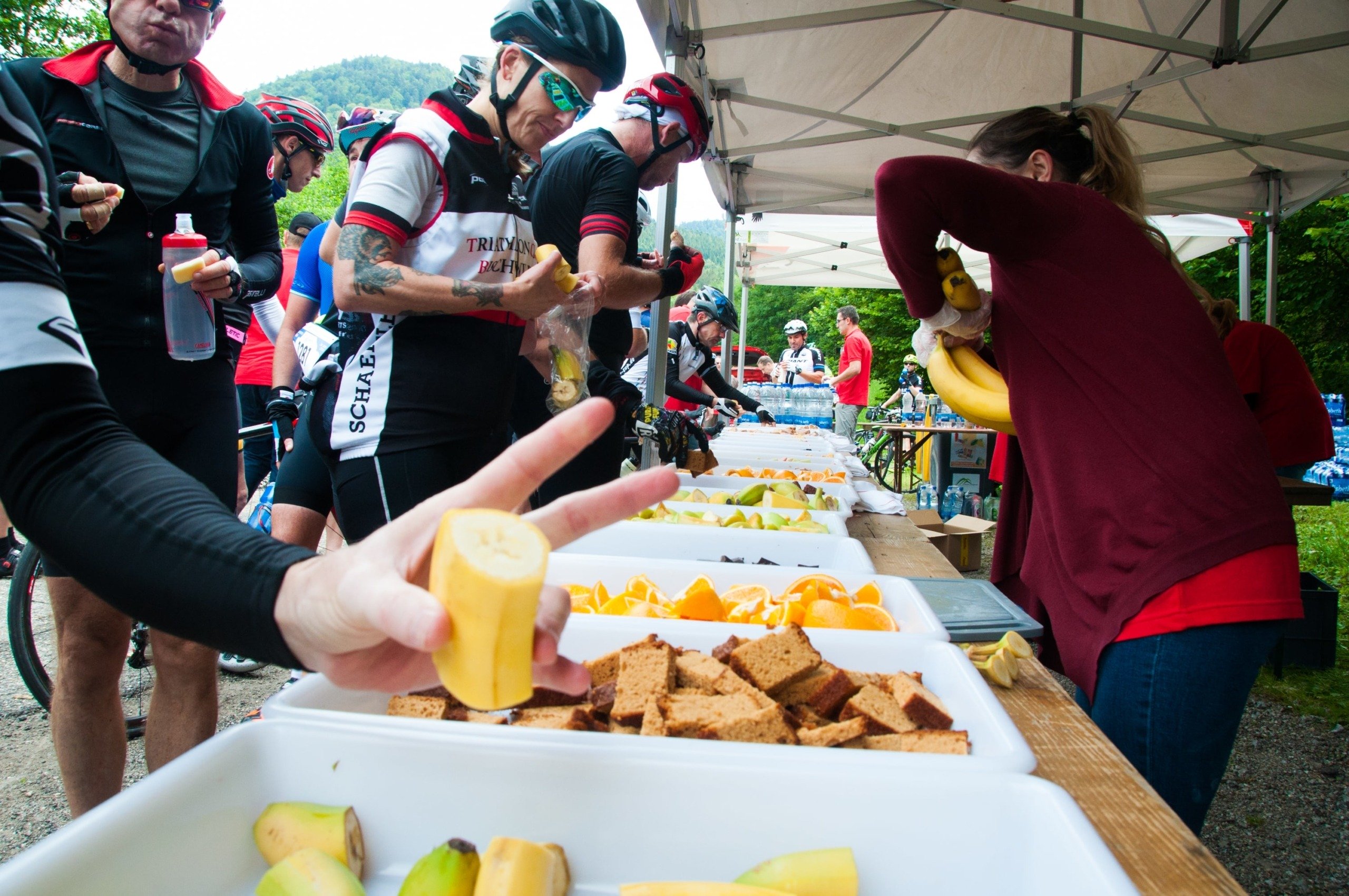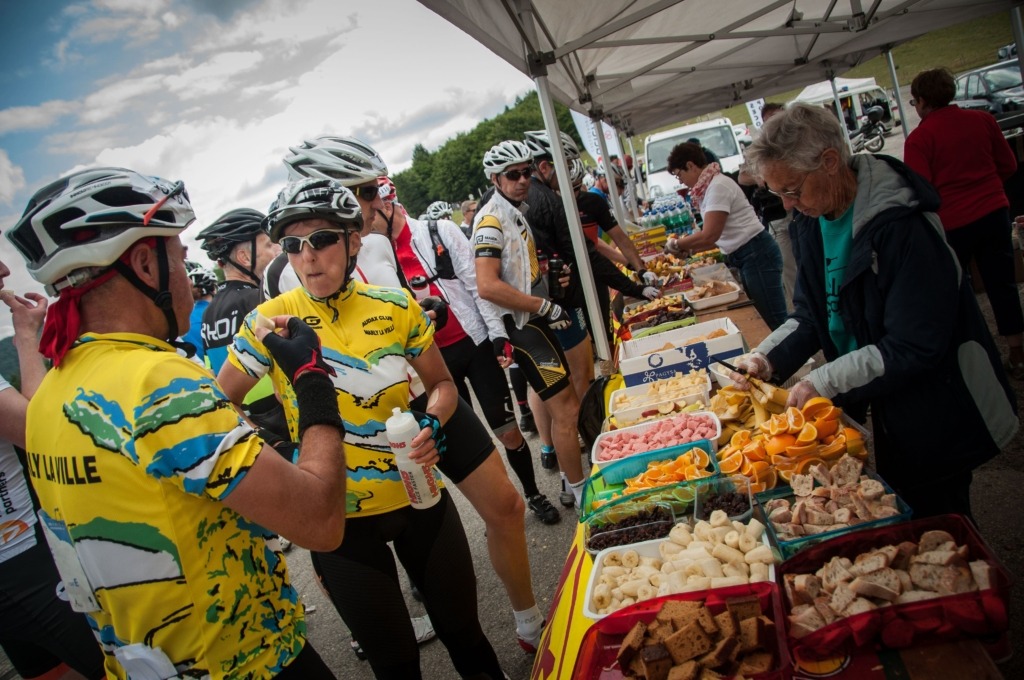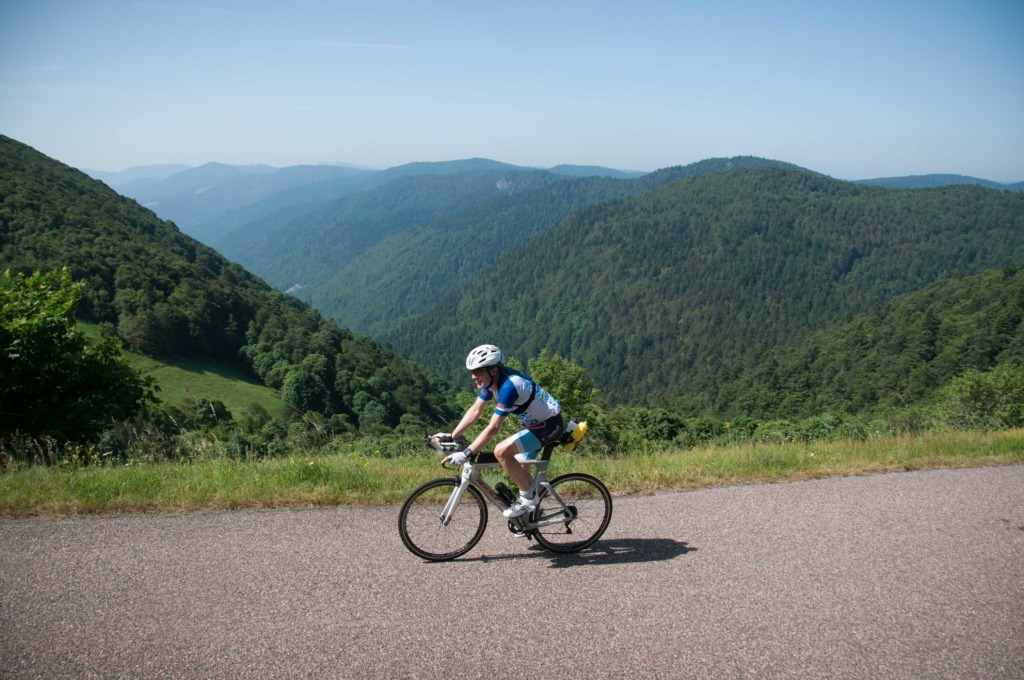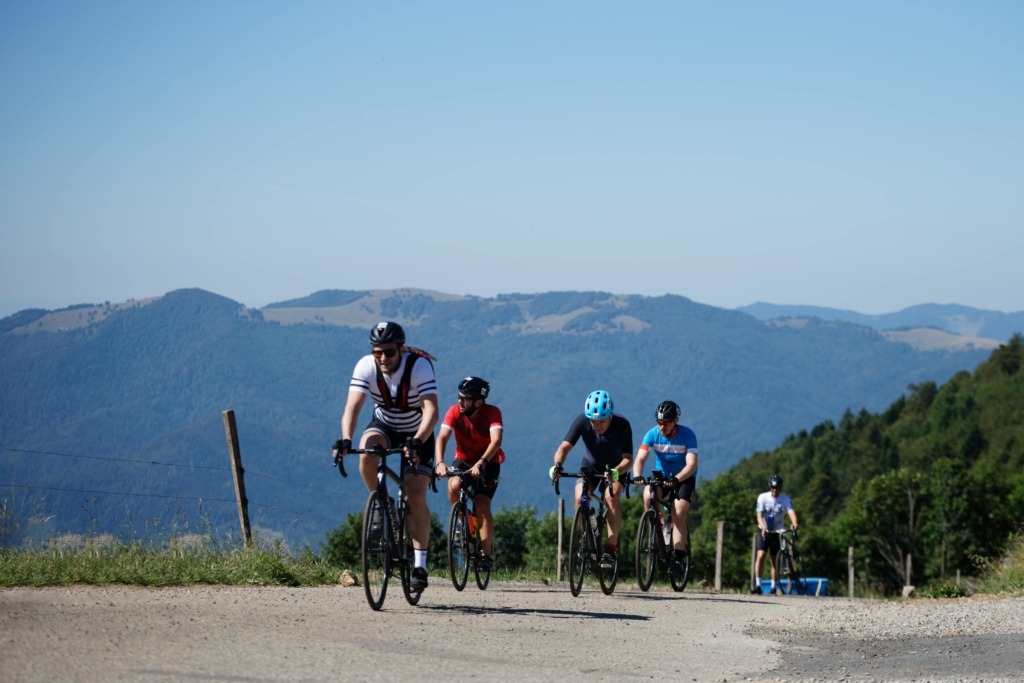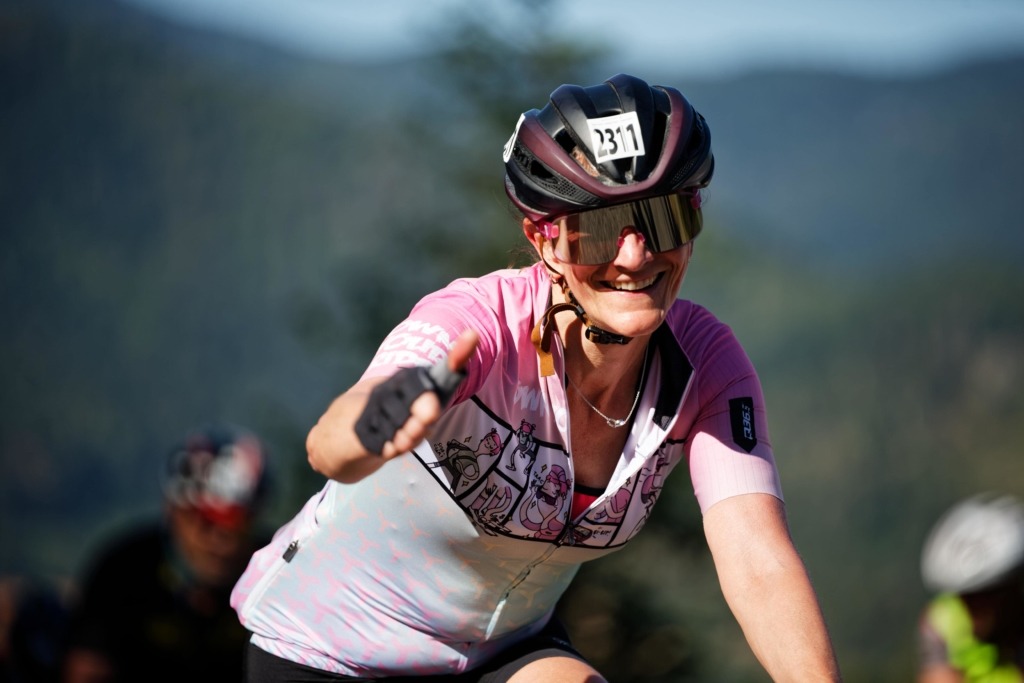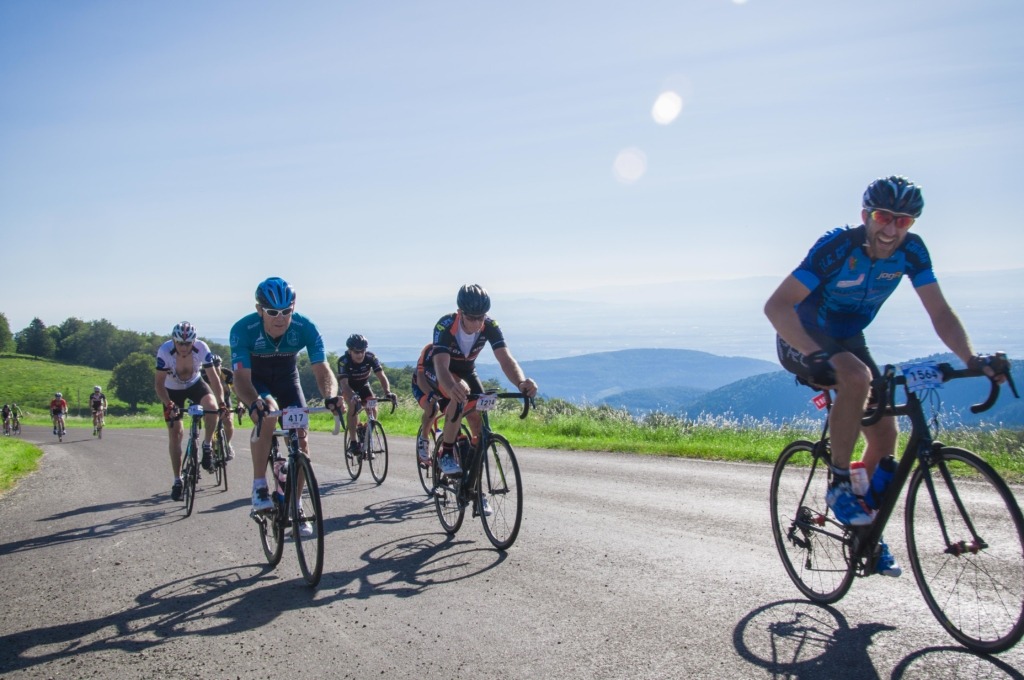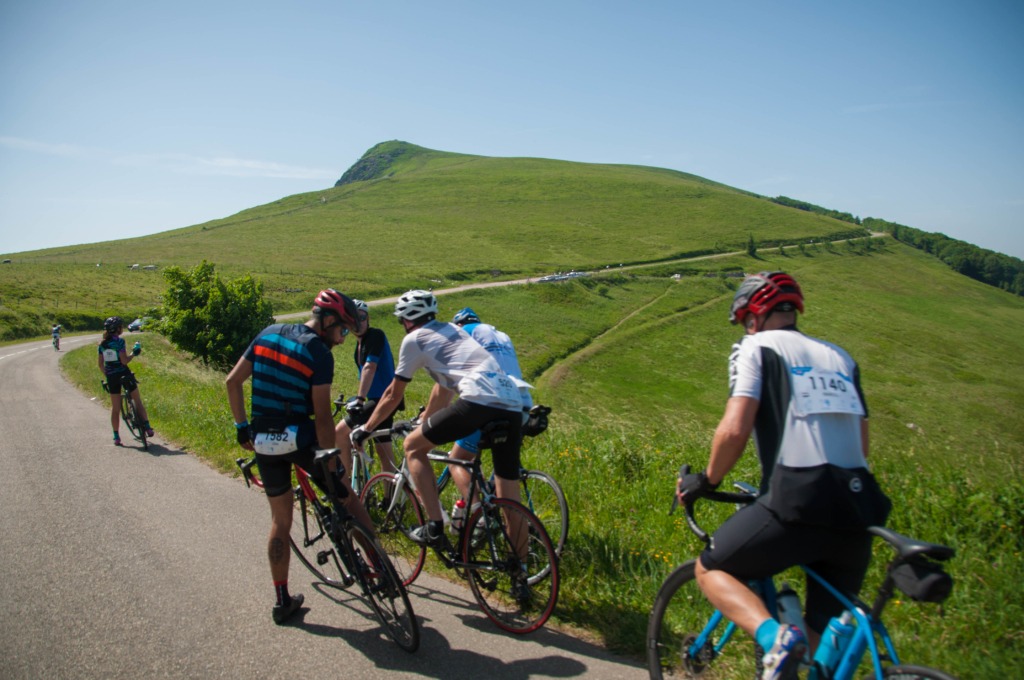Cycling is a particularly demanding sport that requires you to control your diet in order to perform well, especially in events like L’Alsacienne. Protecting your health, recovery, and therefore performance, depend on this essential aspect of nutrition.
Easy nutrition: the rules
The basis of good nutrition is well-known. 8 main rules are necessary for cycling :
- Vary your food, so that you have the right level of carbohydrates, proteins and lipids, and a balanced amount of vitamins and minerals.
- Do not cut out a food group without a genuine reason or without being sure that you will make up for any deficiencies. (A vegetarian diet in particular requires special nutritional attention to ensure a sufficient intake of proteins and iron).
- Remember to eat vegetables. Cooked with starchy food, they make it possible to combine essential amino acids.
- Give priority to unprocessed rather than processed foods which generally contain hidden fats and sugars, as well as harmful additives.
- Avoid simple sugars which should only be consumed during exertion, or as very exceptional little treats.
- The rule of five fruits and vegetables a day still applies, for fibres, vitamins and minerals.
- Limit cooked fats greatly, but on the other hand ensure that you consume high quality vegetable oil each day (olive, linseed, rapeseed, sunflower or walnut oil etc.) as an accompaniment for salads or pasta. These oils provide essential fatty acids.
- Of course, taking plenty of fluids each day is also one of the basic rules, without overdoing it. The most reliable sign is the colour of the urine, which should be light yellow (not dark or amber).
In practical terms, it does not appear difficult to respect these few rules, as nutrition involves above all adopting healthy habits. This starts when you are shopping, by making well-considered purchases.
Food before the event
The so-called “Scandinavian diet”* was created at the end of the 1960s for cross-country skiers before a long-distance event, and was also recommended for cyclists in the 1980s. But the lessons learned have often been very debatable. The best strategy therefore appears to be to avoid a diet that is too unbalanced, but nevertheless increase the proportion of carbohydrates for the three days before the event. The aim is to store as much glycogen as possible in the liver and muscles. This will provide sugar during the event, fuelling your effort.
In concrete terms, from the Thursday morning before l’Alsacienne, each of your meals should include portion of starchy food (pasta, rice etc.). However the portions must be of a reasonable size, and you must take plenty of fluids each day. Above all, watch out for the famous “pasta party” trap, the day before the event! That will only disrupt your digestion and weaken your body.
Food during exertion
On the big day, the aim is to cover the distance while avoiding hypoglycaemia and dehydration. It is obvious that the food strategy will be very different, depending on whether you do the Rando 50 or the Gran Fondo 170 !
Over short distances, eating every 30 minutes (e.g. an energy bar or dried fruit) makes it possible to provide glucose quickly, and thereby save the glycogen in reserve. Water with a little cordial in your bottle will do.
For events lasting more than three hours the most important thing is to remember to eat right from the first few kilometres by regularly “reaching into your pocket”**. But long-distance specialists frequently end up being disgusted by sugar, and the best thing is therefore to vary your food supplies. For example, try mini sandwiches or bananas, and keep very sweet food and gels for the start of passes or the end of the course. You can add a maltodextrin-based health product in your water bottle. These can be filled with water at the feed zones which may be sufficient if the solid foods are well thought-out.
Finally, whatever course you ride, you can also decide to take advantage of the little treats that are sometimes offered by the organiser (e.g. sampling of cooked meats or local cheeses)... just to combine cycling and pleasure of course !
*The Scandinavian dissociated diet (SDD) recommended totally cutting out carbohydrates for three days (from D-6 to D-3) and then on the contrary almost only eating carbohydrates for the next three days (D-3 to the day of the event). The idea was to empty your reserves in order to fill them more effectively afterwards. The various disorders frequently observed resulted in toning down the method, resulting in the less restrictive modified dissociated diet (MDD).
**Reaching into your pocket: expression used by cyclists to describe getting food from your jersey pocket.
Éric GEHIN
Conseiller sportif Breveté d’Etat
DU Biologie de l’Entraînement


